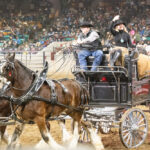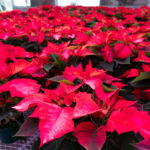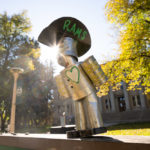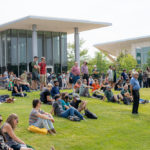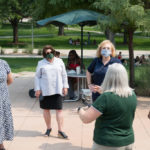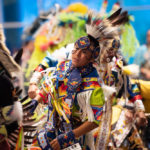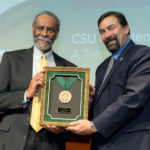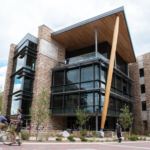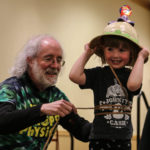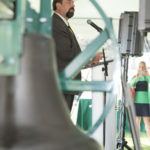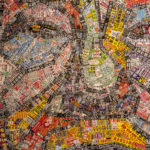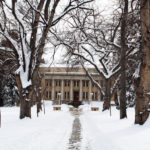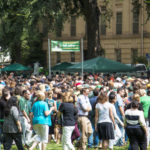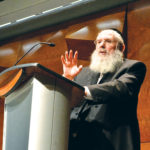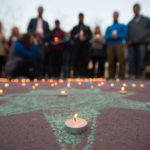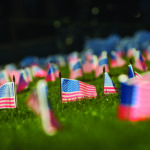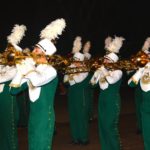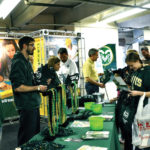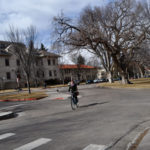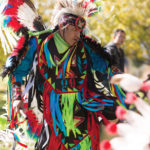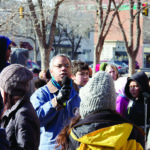
Bright and early on the morning of Friday, Sept. 16, reports of a black bear venturing through Colorado State University’s iconic Oval were circulating through campus.
Students received email and text message alerts at around 8:30 a.m. that the CSU Police Department and the Colorado Division of Wildlife were on the scene with the bear near Ammons Hall. The messages advised everyone to avoid the area.
Many spotted the bear in the tree where it took refuge. Soon after, photos and videos of the creature flooded social media, and a group of bystanders quickly gathered near the Oval. Although it is not every day that college students get to experience the presence of a black bear, this type of gathering can hinder the professionals’ ability to safely remove the bear in a timely manner.
The Colorado Division of Wildlife takes on the responsibility of removing bears and other animals from urban areas. Its main goal is to guide the animal so it returns home on its own. However, when crowds of humans are surrounding the petrified critter, the likelihood of it departing the tree it has found sanctuary in is low.
“Well, of course the bear is not going to leave. It’s completely terrified up in the tree and there’s all these two-legged predators standing down under it, watching it,” said Shane Craig, district wildlife manager at the Colorado Division of Wildlife. He emphasized that the best action to take when stumbling upon a bear is to keep a substantial distance, snap a picture and then leave the scene.
The black bear that strolled around the CSU campus was most likely in search of its breakfast. In the late summer and early autumn months, bears try to consume 20,000 calories per day to prepare themselves for the grueling task of winter hibernation. The animals are resourceful, hard workers that scavenge far beyond their natural homes to ensure they meet this calorie quota.
Although the animals are hungry and on the hunt for food, when they enter urban areas such as Fort Collins, no significant danger is present for humans.
“The only time that I’m going to say that it is dangerous for humans is if you think you can keep getting closer for that great picture,” Craig said. “Wild animals are wild animals; they are going to do what they need to do to protect themselves.”
Thankfully, the bear that ventured onto the Oval had no dangerous interactions with bystanders on the scene, and was safely removed and relocated by the Division of Wildlife team.
District Wildlife Manager: Shane Craig 970-420-3807



